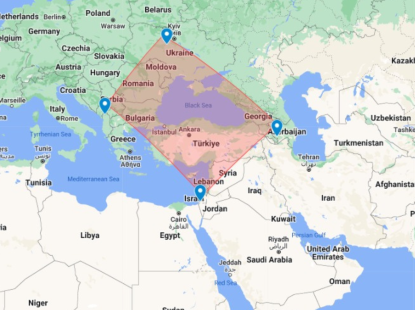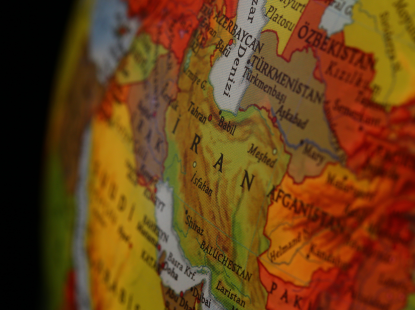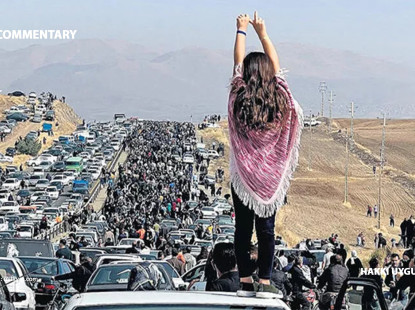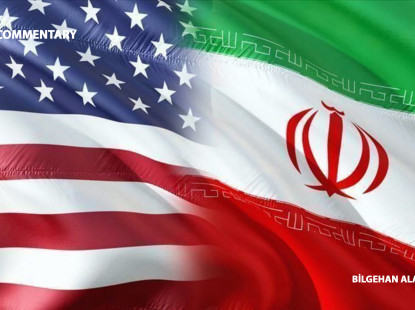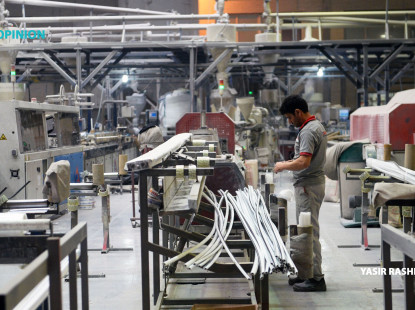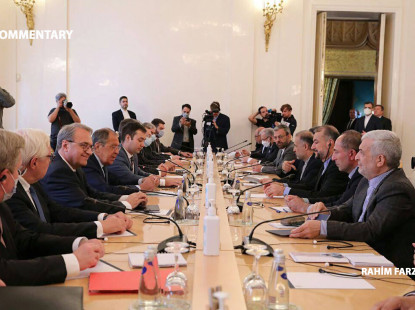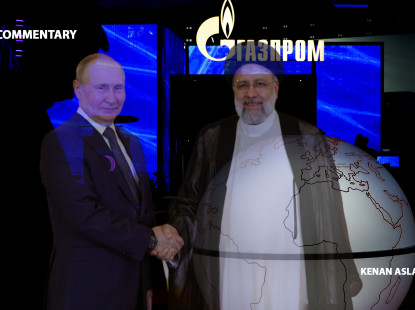New Details of Iran-Russia Energy Agreement and the Predictions
Some details of the memorandum of understanding signed between the National Iranian Oil Company (NIOC) and Russia's Gazprom company in July to deepen energy cooperation between the two countries have come to light. According to the claims of the Iranian press, the MoU includes investments of 40 billion dollars. Iranian Oil Minister Javad Owji made significant statements concerning the subject during his meeting with Russian Presidential Aide Igor Levitin in August in Tehran. The summary of these statements is as follows:
- The Iranian side not only signed a memorandum of understanding with the Russian energy companies, but it has also signed concrete agreements for the development of seven oil and gas fields. Some projects related to the development of oil and gas fields have progressed to the level of 30%. Iranian and Russian energy companies are also negotiating joint management and development of 14 oil and gas fields.
- An agreement will be signed between the Iranian National Gas Company and Gazprom in Moscow in the near future for the direct purchase of gas from Russia and for a gas swap to export it to other countries.
- Agreements will also be signed between Iran and Russia on the allocation of 2.5 billion euros worth of financing for various areas including power plants. The Russian side has pledged that all joint energy projects will be financed by Russian banks.
The developments announced by Iranian Oil Minister Owji show that the energy cooperation between the two countries has entered an upward trend. Nevertheless, one of the most important questions is whether this cooperation is a short-term conjunctural rapprochement arising from the sanctions imposed on the Russian economy and the geopolitical reality of the Ukraine War, or is it a reflection of a longer-term trend (like the formation of the Russia-Iran-China geopolitical axis). In this scope, there are some agreements and disagreements between Iranian energy experts and foreign energy experts. Hamid Hosseini, the head of the Iranian Oil, Gas and Petrochemical Products Exporters’ Union, emphasizes that although there is a certain competition between Russia and Iran in oil and gas fields, the fact that the USA comes forward as an important oil and gas producer and exporter brings the strategic interests of these two countries closer in the field of energy.
According to Hosseini, the Russian Zarubezhneft company has had a positive experience with the Iranian Dana Energy company in the past during the development of the Aban and Paydar oil fields. In the new period, on the other hand, Iran can import Russian gas through the Turkmenistan pipeline within the scope of the swap agreement. Some of this natural gas will be consumed within Iran while some may be exported to neighboring countries (Since the peak hours of electricity consumption of the two countries are different, electricity swap or electricity import is also possible.). Due to the fact that there is a downward trend in production in Russia’s traditional oil and gas fields, Russia has a certain experience in raising the pressure in wells. Currently, this experience is being applied to increase production in the South Pars Gas Field, the largest natural gas field in Iran. Gazprom will continue its claim in the South Pars Gas Field together with China's CNPC company if needed.
In addition to natural gas, negotiations are being held between the parties on the exchange of petroleum products, and there are new developments in Iran's export of petrochemical catalysts to Russia. Hosseini envisages that petroleum products produced in refineries in Russia's regions such as the Caspian Sea, Volga region, Tatarstan and Chechnya can be sent to Iran through these exchanges. Despite all these promising predictions, Iranian experts often have reservations about how long the Russian side will adhere to the signed agreements if conditions change in the medium and long term. Simon Watkins, one of the important energy experts on the “Oil Price” energy news and analysis website, predicts that the cooperation between Iran and Russia will be long-term cooperation, especially in the natural gas field, and the countries aim to the formation of a gas cartel (Gas OPEC).
The cooperation between Iran and Russia in the fields of energy and transportation is determined by the new realities and conjunctural conditions in the regional geopolitical order, and they carry out this cooperation in coordination and synchronization according to the current conditions. In addition to the oil and natural gas cooperation agreements, the construction of the Rasht-Astara railway line and the electrification of the Garmsar-Inche Burun Railway line are also on the agenda. By doing so, it is planned to increase the combined capacity of Iran in the field of sea, rail, and land transport for the re-export of Russian oil products and even food products. Here, it is possible to mention a diversified use of both the direct Caspian Sea route and transit routes through Azerbaijan and Turkmenistan. So, it seems that with the help of the new agreements signed before and to be signed later, the energy cooperation between the two countries is developing in line with the second scenario (acting more coordinately on the basis of the win-win principle), which we mentioned at the end of our last article (What Does the New Russia-Iran Energy Agreement Promise?).


